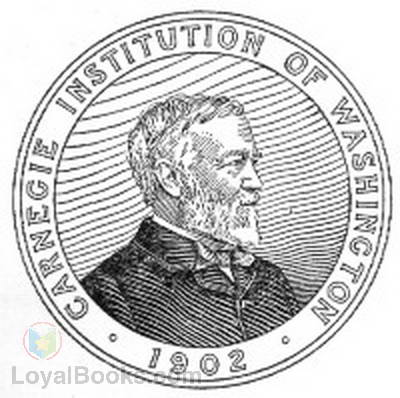Studies in Spermatogenesis Part I By: Nettie Maria Stevens (1861-1912) |
|---|

Studies in Spermatogenesis Part I is an enlightening and groundbreaking scientific study that delves deep into the intricate world of reproductive biology. Authored by Nettie Maria Stevens, this book serves as an invaluable resource for anyone interested in the fascinating process of spermatogenesis. Stevens, a renowned American geneticist, presents a comprehensive and meticulous exploration of the mechanisms involved in sperm production. From the inception of germ cells to the formation of mature spermatozoa, the author meticulously examines every stage of spermatogenesis. Her attention to detail, coupled with her impressive knowledge and passion for the subject matter, make this book a true treasure trove for researchers and students alike. One of the most remarkable aspects of Studies in Spermatogenesis Part I is Stevens' ability to present complex scientific concepts in a clear and concise manner. Even those without an extensive background in biology can easily grasp her explanations and appreciate the importance of her findings. Stevens employs a writing style that is both accessible and captivating, ensuring that readers remain engaged throughout the entirety of the book. Moreover, this book offers a profound insight into the genetic mechanisms that govern the process of spermatogenesis. Stevens leaves no stone unturned as she explores the role of chromosomes, the formation of gametes, and the inheritance patterns of different traits. Her meticulous research and groundbreaking experiments are described in a way that allows readers to follow her thought process, appreciating the significance of her discoveries in the field of genetics. Furthermore, the abundance of meticulously detailed diagrams and illustrations greatly enhances the reader's understanding of the complex processes involved in spermatogenesis. These visuals provide clarity and serve as a valuable tool for comprehension, allowing readers to visualize the intricate structures and interactions within male reproductive cells. One minor drawback of the book is its specialized nature, as it primarily targets individuals with a scientific or academic background in genetics or reproductive biology. While this may limit its appeal to a broader audience, it should not detract from the exceptional value it holds for those interested in the subject matter. In conclusion, Studies in Spermatogenesis Part I unquestionably establishes Nettie Maria Stevens as a preeminent authority in the field of reproductive genetics. Her remarkable attention to detail, clear explanations, and insightful research make this book an invaluable contribution to the scientific community. Whether one is a seasoned researcher or an enthusiastic student, this book is a must-read for anyone seeking to deepen their knowledge of spermatogenesis and its genetic underpinnings. First Page:STUDIES IN SPERMATOGENESISWITH ESPECIAL REFERENCE TO THE "ACCESSORY CHROMOSOME" BY N. M. STEVENS. [Illustration] WASHINGTON, D. C.: Published by the Carnegie Institution of Washington September, 1905. CARNEGIE INSTITUTION OF WASHINGTON PUBLICATION No. 36 FROM THE PRESS OF THE HENRY E. WILKENS PRINTING CO. WASHINGTON, D. C. STUDIES IN SPERMATOGENESIS WITH ESPECIAL REFERENCE TO THE "ACCESSORY CHROMOSOME." By N. M. STEVENS. In connection with the problem of sex determination it has seemed necessary to investigate further the so called "accessory chromosome," which, according to McClung ('02), may be a sex determinant. This view has been supported by Sutton ('02) in his work on Brachystola magna , but rejected by Miss Wallace ('05) for the spider. The forms selected for study have been taken from several groups of insects, and are all species whose spermatogenesis has not been previously worked out. They are (1) a California termite, Termopsis angusticollis ; (2) a California sand cricket, Stenopelmatus ; (3) the croton bug, Blattella germanica ; (4) the common meal worm, Tenebrio molitor ; and (5) one of the aphids, Aphis oenotheræ . A brief account of a chromatin element resembling the accessory chromosome in Sagitta has been added for comparison... Continue reading book >> |
| eBook Downloads | |
|---|---|
|
ePUB eBook • iBooks for iPhone and iPad • Nook • Sony Reader |
Kindle eBook • Mobi file format for Kindle |
|
Read eBook • Load eBook in browser |
Text File eBook • Computers • Windows • Mac |
| Review this book |
|---|